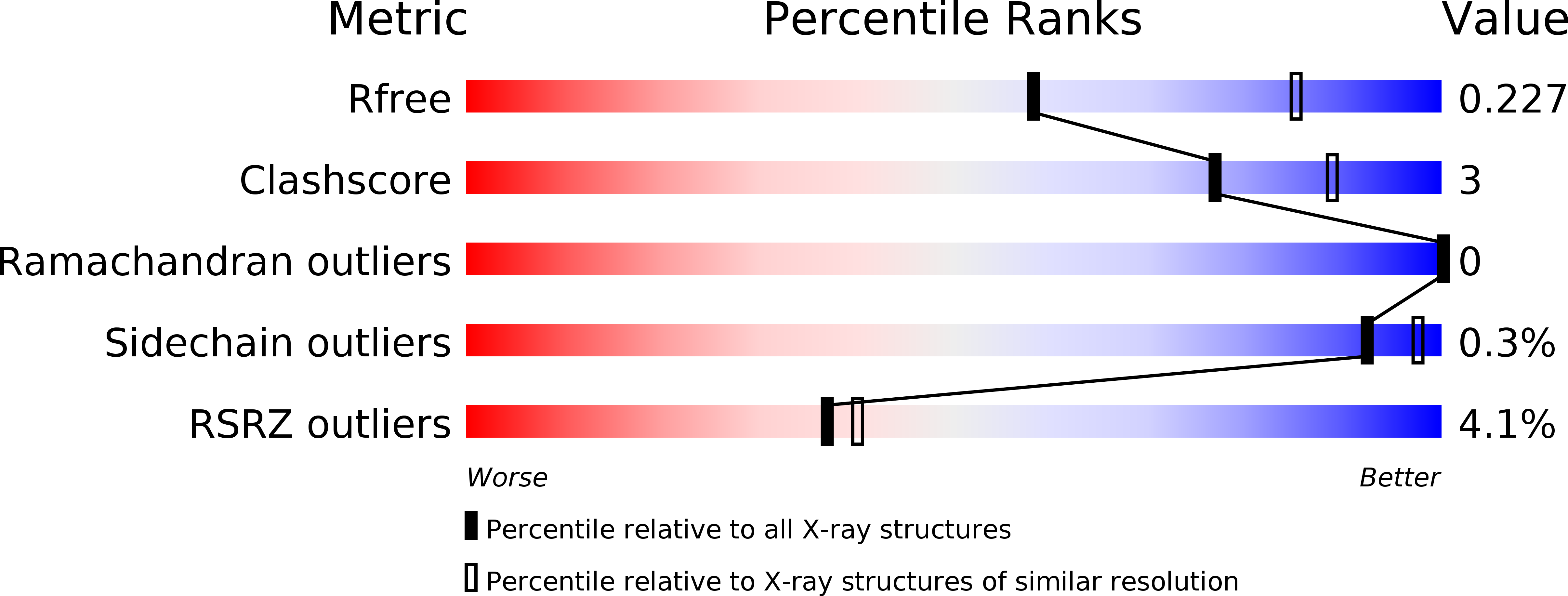
Deposition Date
2018-10-09
Release Date
2019-01-09
Last Version Date
2024-01-24
Entry Detail
PDB ID:
6HUX
Keywords:
Title:
HmdII from Methanocaldococcus jannaschii reconstitued with Fe-guanylylpyridinol (FeGP) cofactor and co-crystallized with methenyl-tetrahydromethanopterin at 2.5 A resolution
Biological Source:
Source Organism:
Methanocaldococcus jannaschii DSM 2661 (Taxon ID: 243232)
Host Organism:
Method Details:
Experimental Method:
Resolution:
2.50 Å
R-Value Free:
0.21
R-Value Work:
0.16
R-Value Observed:
0.16
Space Group:
H 3 2


